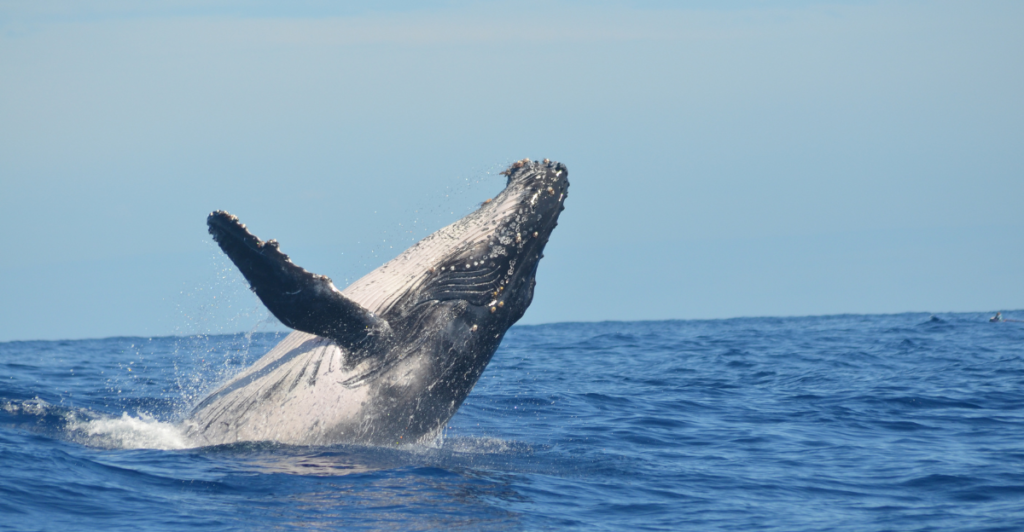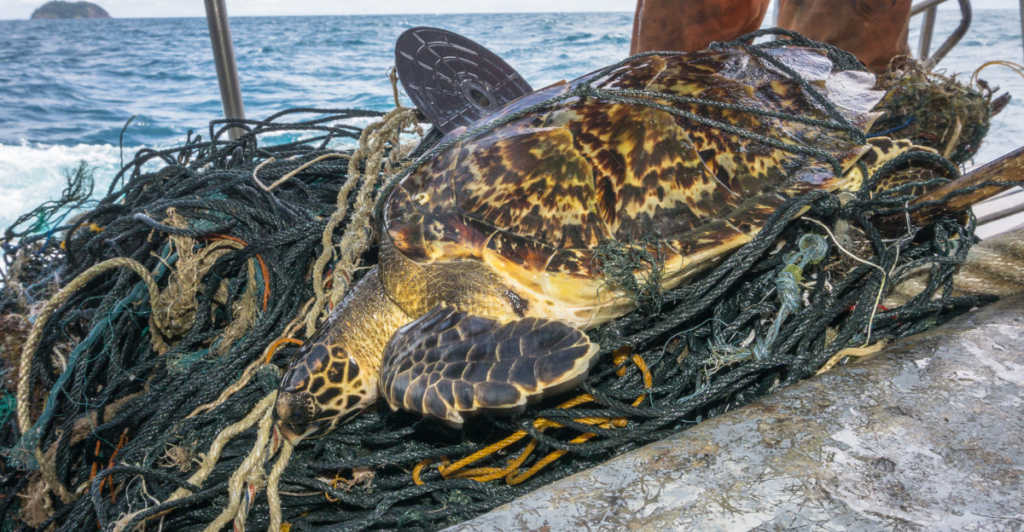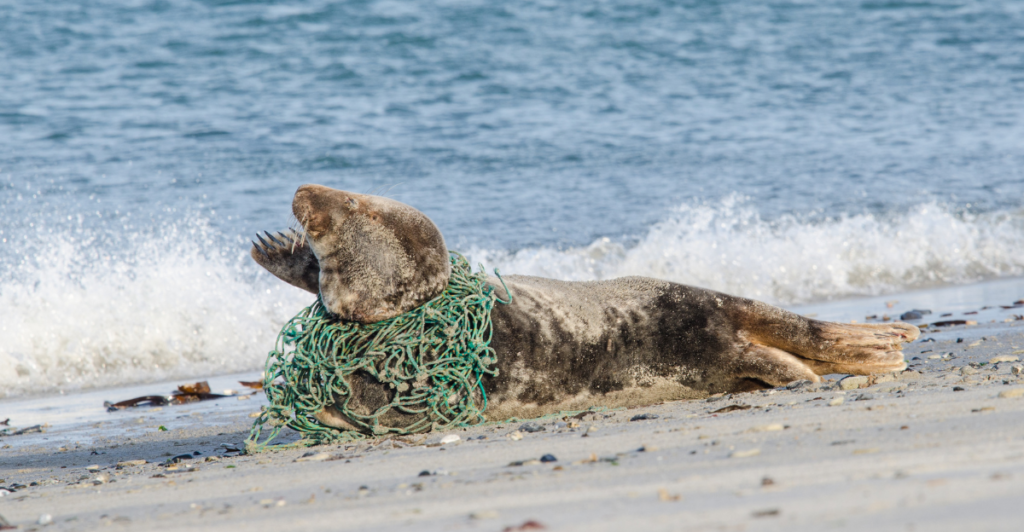
Recently, there has been a major surge in policy changes concerning wildlife protection, funding, and more. The Trump administration’s plan would eliminate key habitat protections for endangered and threatened species, redefining what it means to “harm” a species by excluding habitat destruction from that definition. Critics say this move could accelerate the extinction of species already on the brink due to logging, mining, and development.
Conservationists argue that these changes “cut the heart out of the Endangered Species Act,” threatening iconic species like the spotted owl and Florida panther by allowing critical habitats to be altered or destroyed without explicit intent to harm the animals.
The Endangered Species Act

The primary goal of the Endangered Species Act (ESA) is to prevent the extinction of at-risk plants and animals by providing federal protection not only to the species themselves but also to the habitats upon which they depend. The ESA prohibits the “taking”—which includes harming, harassing, or killing—of any species listed as endangered and mandates that federal agencies ensure their actions do not jeopardize the continued existence of listed species or destroy their critical habitats.
Administered by the US Fish and Wildlife Service in 1973 for terrestrial and freshwater species and the National Marine Fisheries Service for marine life, the ESA covers domestic and foreign species, encompassing various organisms from mammals and birds to plants and insects.
What’s Being Proposed?

The proposed changes to the Endangered Species Act include reinstating the “blanket 4(d) rule,” which would automatically extend many of the protections given to endangered species to those listed as threatened, reversing a 2019 change requiring species-specific rules. The revisions also aim to clarify and streamline the process for listing and delisting species and designating critical habitats by ensuring that decisions for both listing and delisting use the same legal standards and refining the criteria for what constitutes the “foreseeable future” in threat assessments.
Additional measures would increase transparency and accountability in the regulatory process, require economic and national security impact analyses for each listing, and remove duplicative permitting requirements for particular species.
Rescinding the Definition of “Harm”

A central and highly controversial component of the proposed changes is rescinding the regulatory definition of “harm” under the Endangered Species Act. For decades, “harm” has been interpreted to include direct injury or killing of protected species and significant habitat modification or degradation that impairs essential behaviors like breeding, feeding, or sheltering. The new proposal, however, would eliminate habitat modification from the definition, restricting “harm” to only those actions that directly and intentionally injure or kill individual animals.
Conservationists warn that this change would dramatically narrow the scope of the law, making it easier for activities such as logging, mining, and development to proceed in areas critical to endangered species’ survival and potentially reversing decades of habitat-based protections. “One key to this success has been its definition of harm, which recognizes the common-sense concept that destroying a forest, beach, river, or wetland that a species relies on for survival constitutes harm to that species,” environmental law organization Earthjustice said.
Fears of Weakened Protections

Critics point out that the new rules make removing species from the Endangered Species Act easier before they have fully recovered, relax automatic protections for newly listed threatened species, and allow economic considerations to influence decisions about whether a species should be listed. These shifts could result in fewer species receiving critical protections and make it harder to secure safeguards for those most vulnerable to threats like habitat loss and climate change.
Environmental groups and numerous states have voiced alarm, warning that the rollback could lead to a “death-by-a-thousand-cuts” for America’s wildlife, undermining decades of progress and leaving the survival of iconic species in jeopardy. “Habitat loss is the biggest single cause of extinction and endangered species — it makes sense to address it,” said Brett Hartl, government affairs director at the Center for Biological Diversity.
Implications for Conservation and Recovery

Conservation scientists and environmental groups warn that weakening the Endangered Species Act’s core protections could undermine decades of progress in preventing extinctions and restoring populations of imperiled species. The rollback of automatic protections for threatened species and the narrowing of critical habitat designations are expected to make it significantly harder for at-risk wildlife to recover, especially as many species face habitat loss, climate change, and human development threats.
While federal officials argue that the changes will bring more transparency and efficiency to the regulatory process, experts caution that these measures could push more species toward the brink of extinction.
Public Opinion Remains Strong

National polling in 2023 found that more than 4 in 5 Americans across the political spectrum support continued federal efforts to recover threatened and endangered species. “The Endangered Species Act Amendments Act of 2025 is a roadmap to destruction for a law that supports America’s most at-risk fish, wildlife, and plant populations, including over 600 species in our national parks.
The bill eliminates safeguards that could lead to increased species death, politicizes the selection process for species recovery, severely limits the right for citizens to challenge federal ESA decisions in court, and undercuts science in decision making.” said NPCA Senior Wildlife Program Director Bart Melton.
Supporters’ Perspective

Supporters of the proposed changes to the Endangered Species Act argue that these revisions are necessary to modernize and improve the law’s effectiveness, making it more adaptable to current conservation challenges and economic realities. They contend that streamlining regulations and clarifying definitions will reduce bureaucratic delays, allowing for more efficient decision-making and better allocation of limited resources.
Proponents also emphasize that increased transparency and the inclusion of economic analyses in listing decisions can help balance wildlife’s needs with those of local communities, landowners, and businesses. By refining the process for listing and delisting species and focusing protections where they are most needed, supporters believe the changes will foster greater stakeholder cooperation and lead to more successful conservation outcomes.
Science vs. Politics

While the ESA was designed to base decisions on the “best available science,” political and economic interests often exert significant influence over which species are listed, how critical habitats are defined, and what protections are enforced. This politicization can manifest in various ways, from appointing non-scientists to assessment teams to manipulating or suppressing scientific findings to serve policy objectives.
As a result, conservation outcomes may be shaped as much by lobbying and special interests as by ecological evidence, undermining the law’s intent and potentially jeopardizing the recovery of vulnerable species.
The Future of Endangered Species

While the ESA has achieved remarkable success, saving 98% of listed species from extinction and setting a global benchmark for biodiversity protection, experts warn that nearly 40% of US species remain threatened with extinction, and the resources available for conservation efforts often fall short of what is needed. “The dedicated professionals at the US Fish and Wildlife Service, the National Park Service, and other agencies are currently under attack from unprecedented staff and funding cuts and uncertainty.
These administrative directives have hindered agency wildlife recovery work with states, Tribes, and communities. As written, this bill would further these impacts and threaten the future of conservation and recovery of America’s wildlife.” said Melton.
Explore more of our trending stories and hit Follow to keep them coming to your feed!

Don’t miss out on more stories like this! Hit the Follow button at the top of this article to stay updated with the latest news. Share your thoughts in the comments—we’d love to hear from you!







